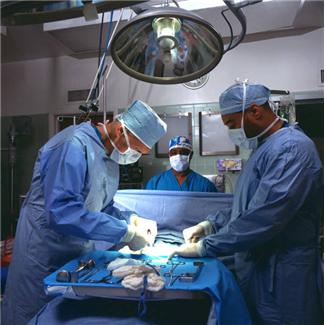Why Catheterization May Be Necessary on your Road to Recovery
Although patients may feel initially reluctant about the procedure, a catheter can be a tremendous aid during the recovery process. Surgery can be hard on the body, and either the type of surgery or the pain level following surgery can make urination challenging or even painful. Using this form of medical assistance in order to ensure that waste products are able to leave the body helps continue normal, healthy elimination processes while reducing strain on the patient during the recovery period.

Catheterization: An Overview
During the procedure, a hollow tube is inserted into the urethra until it reaches the bladder. This may feel uncomfortable, but is rarely painful. Urine is then able to leave the bladder via the artificial tube and is collected in a bag, without the patient having to leave the bed in order to relieve themselves. Since some forms of anesthesia render patients incapable of controlling their bladder, it’s necessary to handle the waste process in a clean and sterile way, and catheterization allows for this to happen.
There are several benefits to using catheterization following surgery:
- Nurses and doctors can accurately measure urine output to determine whether the patient is getting sufficient fluids, or is recovering properly
- Signs of infection or poor healing such as low urine output or discolored or bloody urine can be caught immediately, and problems resolved sooner rather than later
- The patient won’t need to put strain on their healing body by attempting to get in and out of bed in order to urinate
The Road to Recovery
In order to promote a full and quick recovery, the body needs time and rest to heal. Some incisions may be placed in areas where getting in and out of bed are painful, or may even risk splitting the healing incision back open. In other cases, the type of anesthesia used may necessitate catheterization due to numbness in the lower body, or temporary involuntary lack of control of the bladder while the anesthesia wears off.
Catheterization can also be used to restore some semblance of normalcy in cases of incontinence due to other medical issues, such as a complication during prostate surgery. A stop/start valve model may be incorporated in order to allow the patient much more freedom over their bodily functions, and also increase mobility from a typical Foley model.
In the end, although the use of a catheter can feel like other undignified medical procedures, the medical benefits and accelerated healing which are associated with catheterization far outweigh any potential negatives.
Stephen Craig is a part of an elite team of writers who have contributed to hundreds of online publications. Follow him @SCraigSEO.

